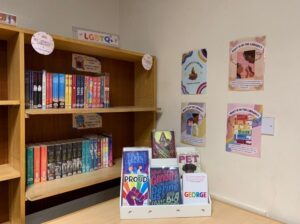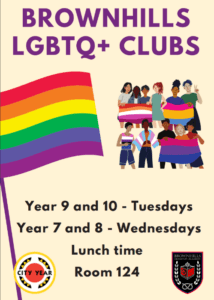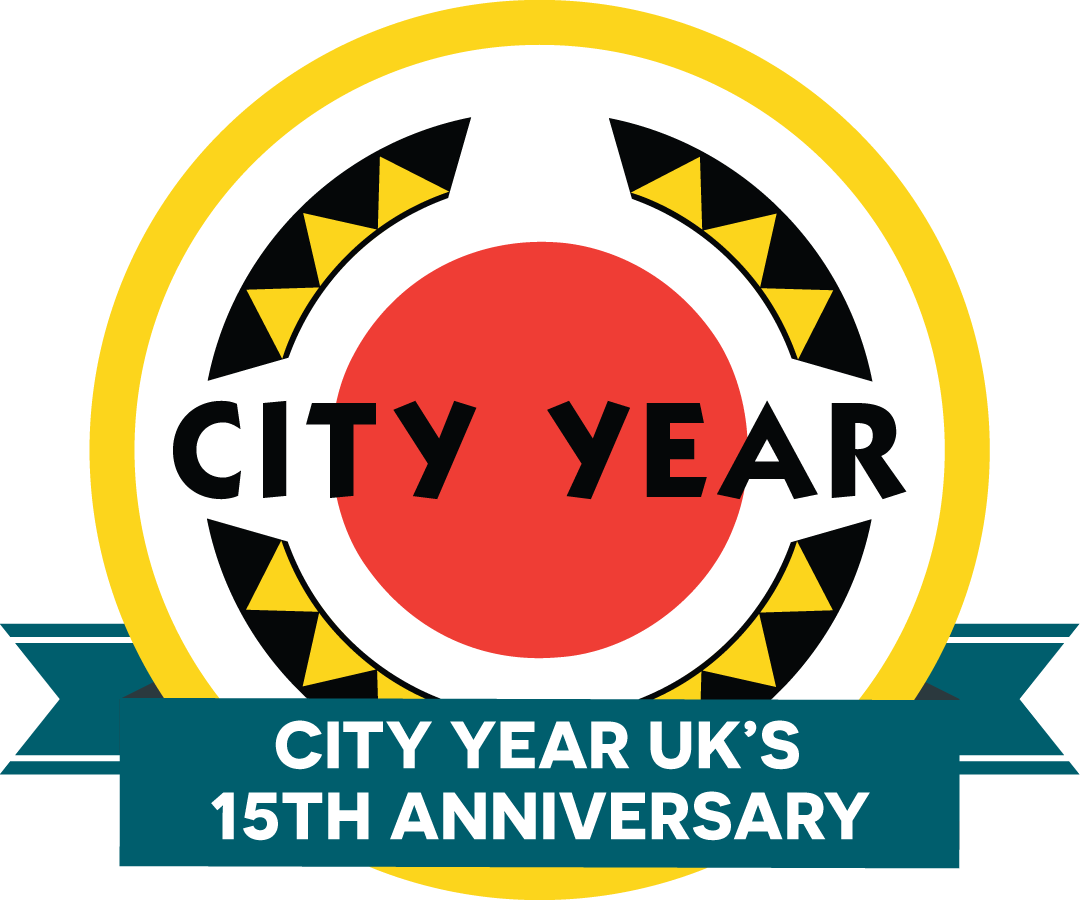Dan’s story

In celebration of International Transgender Day of Visibility, our former City Year UK School Service Leader Dan, shares his experience of gender and sexuality in the education system, alongside ways we can improve support for LGBT+ students in school.
When I first came across City Year, I had just graduated and was desperately applying to any job that didn’t seem soul-crushingly boring. When the email came in offering me a position as a School Service Leader, I was mainly relieved that I didn’t have to live with my parents; I hadn’t anticipated both how difficult and rewarding my year of service was going to be, nor how much the LGBT+ kids at Brownhills Ormiston Academy would impact me.
I only left school 7 years ago, but the climate around the LGBT+ community has changed so much. By the time I left primary school, I didn’t really know what it meant to be queer, but I knew it was something shameful. Gay was regularly used as an insult, and when I told my friends I was going to an all-girls secondary school, I was taunted and called a lesbian. My teachers never mentioned anything to do with the LGBT+ community, and so when I moved on to secondary school, I brought with me unchallenged shame and prejudice.
Things weren’t better at secondary school; there were only two times teachers talked to us about the LGBT+ community. The first time was in year 9 RE when we were told it was okay to be gay, as long as we didn’t practice it, then it was a sin. The second time was in year 11 maths when a teacher shuddered his disapproval of gay marriage. The lack of education meant that I perpetuated homophobic beliefs myself, confidently telling my friends at 13 that obviously people couldn’t be bisexual (ironic, given that’s probably the best fit for my sexuality now).
At 16 I began to explore my sexuality and gender, and thankfully found myself at a sixth form that cared about its LGBT+ students. The teachers’ rainbow lanyards and the LGBT+ club meant so much to me, and even though I wasn’t fully out of the closet until I went to university, it helped me to get to a place where I was more comfortable and happier with myself.
When I started at Brownhills and learned about the school’s active promotion of LGBT+ inclusion, I was so excited. I readily agreed to support the school’s two LGBT+ clubs (one for years 8-9 and one for years 10-11), wanting to create a space for the students that I never got to have when I was their age.

However, I did encounter some challenges: what do you even do in an LGBT+ club? It’s lovely to have a space where students can chat and hang out, but I had wanted to move beyond that. This idea didn’t take off too well with the year 10s and 11s, but the younger students were more receptive. Our sessions involved drawing self-portraits, creating pride flags, and having the chance to ask questions anonymously. Overall, it was a success, the students enjoyed it, and it was great to be someone that the students could talk to. In hindsight, I could have made a bigger impact if I’d organised the activities ahead and connected each of the sessions, so I would recommend considering the long-term goals you want to achieve if you plan on running an LGBT+ club.
I also hadn’t anticipated that with the relaxed and supportive atmosphere of the club, as well as my openness as a trans member of staff, I would have to deal with safeguarding disclosures that related to student’s LGBT+ identity. This one was hard because I felt so connected to their experiences, I wanted to ‘fix’ everything for them, but all I could do was pass on the information to the relevant member of staff and let them handle it. Ultimately though, it was great that I could be someone that the students were comfortable talking to.
Another way that I was involved with the LGBT+ culture at Brownhills, was through the creation of the LGBT+ section in the school library. This was such a fun project, as I really got to imagine the kind of books I wish I could have read when I was at school, and it was great to see the enthusiasm from the students who were excited to take books out.
Alongside this, I also delivered a reading project, which involved reading through The Deep and Dark Blue with four groups of year 8 and 9 students. We worked through a booklet I created which got students to develop literacy skills like inference and summarising, and to discuss LGBT+ topics, like representation and coming out. The pupils enjoyed the book and increased in confidence as the sessions went on; it was really rewarding to see them develop their ability to discuss LGBT+ topics as well as their literacy skills at the same time.
My time at Brownhills was filled with both challenges and successes, but the moments I enjoyed the most were the ones when I was working with the LGBT+ pupils, knowing that I was supporting them to feel open and happy. However, not all students are able to feel safe and comfortable expressing their LGBT+ identity at school, especially with an increasingly transphobic climate in the UK. Stonewall School’s report showed that 64% of trans pupils experience bullying, more than four in five trans young people have self-harmed and more than two in five trans young people have tried to take their own life. The government has recently proposed new guidance for schools regarding trans students, but this has been condemned by charities such as Mermaids for seeking to exclude trans students rather than support them.
Mentors may not have the time or resources to set up LGBT+ clubs or reading projects, but there are still things that can be done to support LGBT+, and especially trans students, in school:
- Don’t ignore homophobia and transphobia; always report it and call it out in the moment when you can. This shows LGBT+ students that you don’t tolerate prejudice and discrimination.
- Find out what the school policies are for students who may want to change their name, pronouns, or school uniform. This way you can direct them if they ever come to you for advice and guidance.
- Always respect students when they tell you they would like to change their name or pronouns. Some students may change their name every other week, and it could just be a phase, but trans or not, students want the adults around to take them seriously.
While the discussion around inclusion for LGBT+ students has increased since I was at school, not every pupil is going to be lucky enough to access support. It is important to think about, especially with International Transgender Day of Visibility, how we can do more to support LGBT+ (especially trans) students while at school.
Related stories
The City Year UK Feminist Committee is an educational workshop recently launched by City Year UK alumni Iona, Chloe, and...
Read more about City Year UK’s Feminist Committee: 6 feminists we recommend you readDuring this year’s Anti-Bullying Week, we tasked our mentors with developing creative content around the issue of bullying. City Year...
Read more about Stop being a bullyTo raise awareness around Anti-Bullying Week, City Year Mentor Sakshi writes a reflective piece that creatively examines the long-term effects...
Read more about If a bully had to write an apology letter what would it say?For Anti-Bullying Week City Year Mentor Shabnam spoke to 3 of her fellow mentors who are currently serving at Audenshaw...
Read more about Building a bully-free future